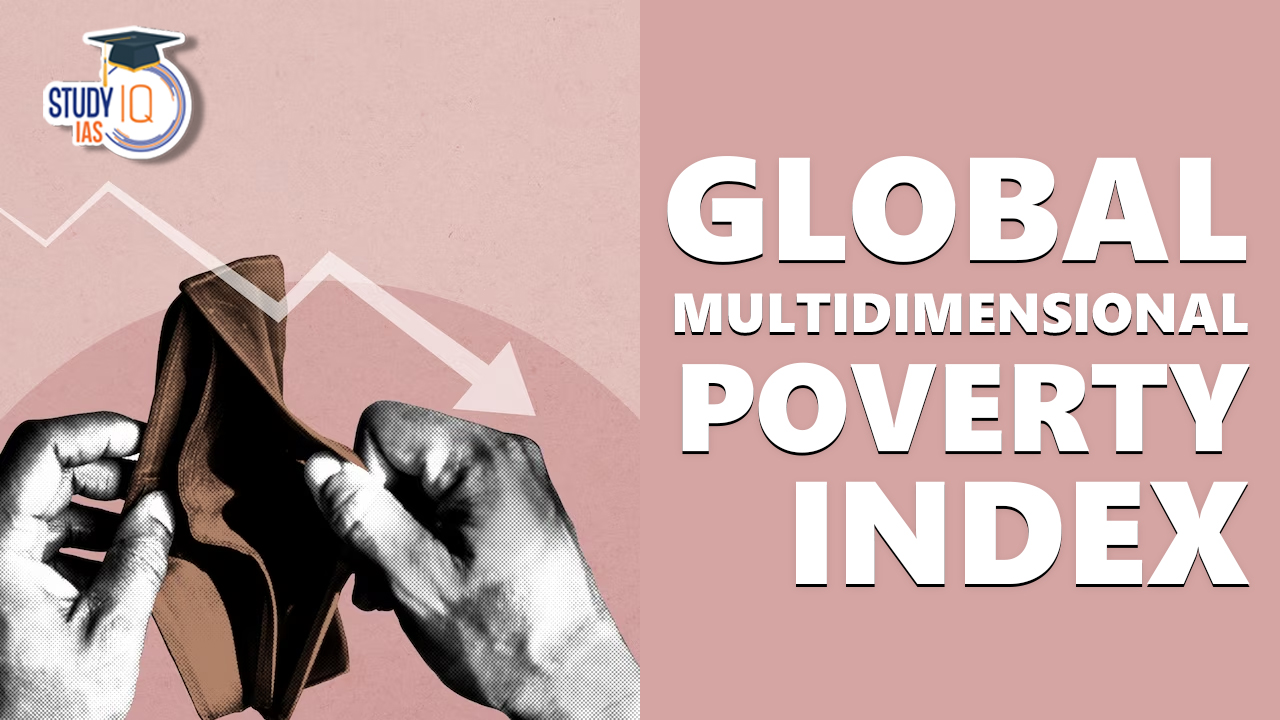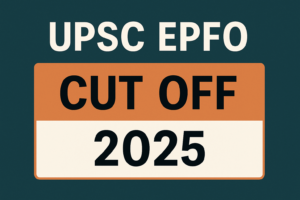Table of Contents
Global Multidimensional Poverty Index
The ‘Changes over Time’ portion of the Global Multidimensional Poverty Index was a new addition that covered the upbeat side of things. This part looked at how the multidimensional poor’s development and welfare have increased and how things have gotten a little better through time.
Global Multidimensional Poverty Index Meaning
The index is a crucial global tool for measuring extreme multidimensional poverty in more than 100 developing nations. The OPHI and the UNDP’s Human Development Report Office initially introduced it in 2010. The MPI tracks deprivations across 10 variables, including incidence and degree of poverty, in the areas of health, education, and standard of life.
Global Multidimensional Poverty Index: Indicators and Dimensions
If a person is deficient in at least one third (i.e., 33% or more) of the weighted indicators (out of the 10 indicators), they are said to be multidimensionally poor. Extreme multidimensional poverty is defined as having a deprivation in at least one half of the weighted indicators.
Global Multidimensional Poverty Index Report 2022
Global Scenario
- A total of 1.2 billion people worldwide are estimated to be living in multidimensional poverty.
- 518 million people worldwide live in severe poverty, which is defined as having a deprivation score of 50% or greater.
Distribution of poverty
Age-wise distribution:
- Children under the age of 18 make up half of the poor.
- Compared to one in seven adults, nearly one in three children live in poverty.
- A little more than 8.1 percent of the poor are 60 years or older.
Spatial distribution
- South Asia comes in second with 385 million poor people, with Sub-Saharan Africa having the most (579 million). Together, the two regions are home to 83 percent of the impoverished.
- Sub-Saharan Africa has more poor people than all of South Asia, East Asia, and the Pacific combined (494 million).
Urban-rural divides
- Only 17% of the world’s poorest people live in cities, compared to about 83 percent who live in rural areas.
Other key findings
- One in six impoverished individuals lives in a household headed by a woman, while more than 66 percent of the world’s destitute reside in middle-income nations.
Indicator profile
- Only four indicators reveal that more than 45.5 million poor people are suffering. They are food, utensils for cooking, toilets, and housing.
- This has a “predominantly South Asian profile” because 34.4 million of those people reside in India, 2.1 million in Bangladesh, and 1.9 million in Pakistan.
Poverty reduction:
- Of the 81 nations with trend data, totaling about 5 billion people, 72 saw their Global Multidimensional Poverty Index MPI value decrease statistically significantly in absolute terms.
- Every index of deprivation decreased statistically significantly in about 26 countries.
Global Multidimensional Poverty Index Report 2022: Key Findings about India
Data
With 22.8 crore, India has the world’s biggest population of poor people, followed by Nigeria with 9.6 crore. Two-thirds of these people reside in homes where at least one member lacks access to food.
Reduction in Poverty
The country’s poverty rate decreased from 55.1% in 2005/06 to 16.4% in 2019/21. All ten MPI indicators experienced significant declines in deprivations, which caused the MPI value and the prevalence of poverty to more than halve. In India, 41.5 crore people were able to escape poverty between 2005–2006 and 2019–21, a 15-year span. The reduction in poverty in South Asia has been largely attributed to improvements in India’s MPI. Currently, South Asia has more poor people than Sub-Saharan Africa.
Relative Reduction in Poverty
When comparing 2015/2016 to 2019/2021, the relative drop was faster: 11.9% each year as opposed to 8.1% from 2005/2006 to 2015/2016.
Performance of States
In absolute terms, the MPI value decreased the fastest in Bihar, the poorest state in 2015–16. Bihar’s poverty rate decreased from 77.4% in 2005–2006 to 52.4% in 2015–2016 and then to 34.7% in 2019–21. The poorest states, however, have not fully caught up relative to other states. Only one (West Bengal) of the ten states that were the poorest in 2015–2016 is still on the list in 2019–21. The remaining states (Bihar, Jharkhand, Meghalaya, Madhya Pradesh, Uttar Pradesh, Assam, Odisha, Chhattisgarh, and Rajasthan) continue to rank among the bottom ten in terms of poverty. Goa experienced the fastest relative decline among Indian states and union territories, followed by Jammu & Kashmir, Andhra Pradesh, Chhattisgarh, and Rajasthan.
Poverty among Children
Even while India still has the biggest percentage of poor children in the world, child poverty decreased more quickly in absolute terms. In India, more than one in five children and just about one in seven adults live in poverty.
Reduction of Poverty Region Wise
In rural areas, the prevalence of poverty decreased from 36.6% in 2015–2016 to 21.2% in 2019–2021, and in urban areas, it decreased from 9.0% to 5.5%.
Global Multidimensional Poverty Index Significance
- Contribution to Establishing Public Policy instrument: The creation of the Index is a crucial step in the establishment of a public policy instrument that tracks multidimensional poverty and directs evidence-based and focused initiatives, ensuring that no one is left behind.
- Provides an Overview of Poverty: This provides a broad picture of poverty in the nation while also allowing for more in-depth assessments of areas of interest such regions, states, or districts, and particular sectors, and it enhances current data on monetary poverty.
- Help measure progress towards Sustainable Development Goal (SDG) target 1.2, which aims to “at least halve the proportion of men, women, and children of all ages living in poverty in all its dimensions,” which contributes to the achievement of the SDGs.
Global Multidimensional Poverty Index UPSC
The Multidimensional Poverty Index UPSC notes are extremely important in the current affairs segment of both the Prelims and Mains exams because of their factual results and applicability. To stay current on world events, candidates can consult the most recent journals and blogs. Additionally, you can consult to the worldwide MPI UPSC Notes listed below.
A tool for calculating poverty throughout the globe’s developing nations is the Multidimensional Poverty Index. The multi-directional methodology used by MPI in its calculations sets it apart from other programmes. The variable MPI indicators support this multilateral approach. The Global Multidimensional Poverty Index is a wonderful step forward since there has been a need for a larger variety of indicators because money alone is not adequate to measure poverty. Acknowledgement brings us one step closer to the societal transformation we desire.


 UPSC EPFO Result 2025 Out: EO/AO and APF...
UPSC EPFO Result 2025 Out: EO/AO and APF...
 UPSC CSE Interview Schedule 2025: Dates,...
UPSC CSE Interview Schedule 2025: Dates,...
 UPSC EPFO Cut Off 2025 (Expected): Categ...
UPSC EPFO Cut Off 2025 (Expected): Categ...

























